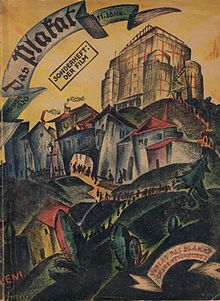
Simplicissimus was a satirical German weekly magazine, headquartered in Munich, and founded by Albert Langen in April 1896. It was interrupted by a hiatus from 1944–1954, became a biweekly in 1964, and ceased publication in 1967. It took its name from the protagonist of Grimmelshausen's 1668 novel Der Abenteuerliche Simplicissimus Teutsch.
Julius Klinger was an Austrian painter, draftsman, illustrator, commercial graphic artist, typographer and writer. Klinger studied at the Technologisches Gewerbemuseum in Vienna.

The German Historical Museum, known by the acronym DHM, is a museum in Berlin, Germany devoted to German history. It describes itself as a place of "enlightenment and understanding of the shared history of Germans and Europeans". It is often viewed as one of the most important museums in Berlin and is one of the most frequented. The museum is located in the 17th century Zeughaus (armory) on the Unter den Linden, just across the Spree from Museum Island. The museum's attached Exhibition Hall was designed by I. M. Pei in the late 20th Century. The Zeughaus is closed for renovation, while the Exhibition Hall remains open.
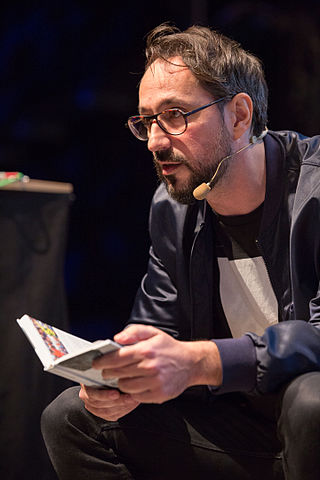
Fons Hickmann is a German graphic designer and professor of Communication Design at the Berlin University of the Arts. He is the founder and director of the design studio Fons Hickmann m23.
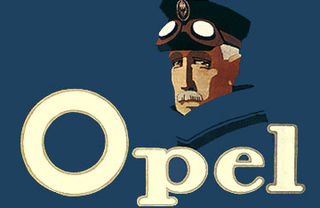
Plakatstil, also known as Sachplakat, was an early style of poster art that originated in Germany in the 1900s. It was started by Lucian Bernhard of Berlin in 1906. The common characteristics of this style are bold eye-catching lettering with flat colors. Shapes and objects are simplified, and the composition focuses on a central object. Plakatstil turned away from the complexity of Art Nouveau and propagated a more modern outlook on poster art. Famous Plakatstil artists include Ludwig Hohlwein, Edmund Edel, Ernst Deutsch-Dryden, Hans Lindenstadt, Julius Klinger, Julius Gipkens, Paul Scheurich, Karl Schulpig and Hans Rudi Erdt. A later master of the Sachplakat was Otto Baumberger.

Museum Folkwang is a major collection of 19th- and 20th-century art in Essen, Germany. The museum was established in 1922 by merging the Essener Kunstmuseum, which was founded in 1906, and the private Folkwang Museum of the collector and patron Karl Ernst Osthaus in Hagen, founded in 1902.
Józef Mroszczak was a Polish graphic designer.

A poster is a large sheet that is placed either on a public space to promote something or on a wall as decoration. Typically, posters include both textual and graphic elements, although a poster may be either wholly graphical or wholly text. Posters are designed to be both eye-catching and informative. Posters may be used for many purposes. They are a frequent tool of advertisers, propagandists, protestors, and other groups trying to communicate a message. Posters are also used for reproductions of artwork, particularly famous works, and are generally low-cost compared to the original artwork. The modern poster, as we know it, however, dates back to the 1840s and 1850s when the printing industry perfected colour lithography and made mass production possible.

Friedrich Kurt Fiedler was a German graphic designer and a representative of the Social Democratic Party. During the Weimar Republic he was acknowledged for his poster design, his book illustrations and his drawings. After World War II, he belonged to the re-founders of the association of fine arts in Dresden, but lost his influence when all social-democratic forces were repelled.

Hans Unger was a German painter who was, during his lifetime, a highly respected Art Nouveau artist. His popularity did not survive the change in the cultural climate in Germany after World War I, however, and after his death he was soon forgotten. However, in the 1980s interest in his work revived, and a grand retrospective exhibition in 1997 in the City Museum in Freital, Germany, duly restored his reputation as one of the masters of the Dresden art scene around 1910.

Hans Rudi Erdt was a German graphic designer, lithographer and commercial artist known for his contributions to the Sachplakat movement created by Lucian Bernhard. His work at the prestigious Hollerbaum und Schmidt art printing company along with Edmund Edel, Hans Lindenstadt, Julius Klinger, Julius Gipkens, Paul Scheurich and Karl Schulpig make him one of the most important representatives of German poster art between 1906 and 1918. Erdt has also been recognized for his innovative use of typography in posters.

The Ufa-Palast am Zoo, located near Berlin Zoological Garden in the New West area of Charlottenburg, was a major Berlin cinema owned by Universum Film AG, or Ufa. Opened in 1919 and enlarged in 1925, it was the largest cinema in Germany until 1929 and was one of the main locations of film premières in the country. The building was destroyed in November 1943 during the Bombing of Berlin in World War II and replaced in 1957 by the Zoo Palast.
Blaise Bron was a Swiss graphic designer, industrial designer, exhibition designer, book designer, and photographer. Although he designed only nine posters, he was presented awards for five of them and became known to the public through them.
Klaus Hesse is a German graphic designer.
Hans Sachs (1881-1974) was a Berlin dentist whose greatest accomplishment came from his passion for posters. He was the leading founder of an important group devoted to collecting posters which started an influential poster magazine. Before the seizure of his collection of 12,500 posters during Kristallnacht on 9 November 1938, he had the largest collection of posters in Germany, probably in the world. He was able to escape to the United States, but he never regained possession of the posters. After years of court battles, 4,344 posters were returned to his son in 2013. Some will be given to museums, but most have been or will be sold at auction.
Ernst Aufseeser (1880–1940) was a German painter, illustrator and graphic designer. His design work included trademarks, stamps, book covers, typography, posters and textiles.

Änne Koken was a German artist. In addition to landscapes and still-lifes, she designed stained glass, clothing and decorative book covers. She also worked as a commercial artist, notably for the firms Bahlsen and Günther Wagner.
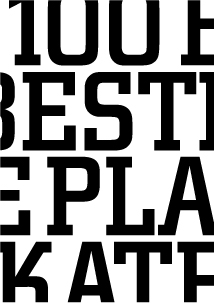
The association 100 Beste Plakate e.V. is an interest group for graphics, design and the graphic arts in Germany, Austria and Switzerland. The association was founded with the aim of promoting, awarding and strengthening the public awareness of the high design quality of the poster medium.
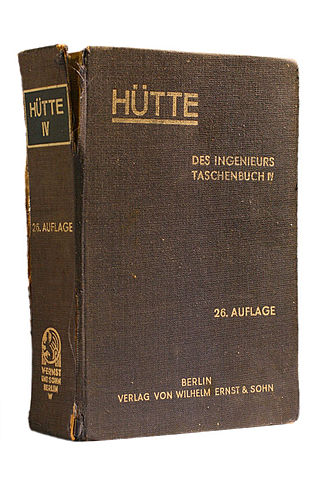
The Hütte - Das Ingenieurwissen is a reference work for engineers of various disciplines. It was compiled for the first time in 1857 by the Akademischer Verein Hütte of the Königliches Gewerbe-Institut in Berlin, from which the association of German engineers Verein Deutscher Ingenieure (VDI) emerged. The authors were members of the association. The technical illustrations were created in woodcut technique by Otto Ebel. It is published in constantly revised editions to this day and is therefore the oldest German reference work still available today.
Joseph Binder was an Austrian graphic designer and painter. He is recognized as one of the pioneers of the modern poster, noted for his refined, stylized images and high-impact colors. Some of his best known works include posters for the 1939 New York World’s Fair, the U.S. Army Air Corps and the American Red Cross.
